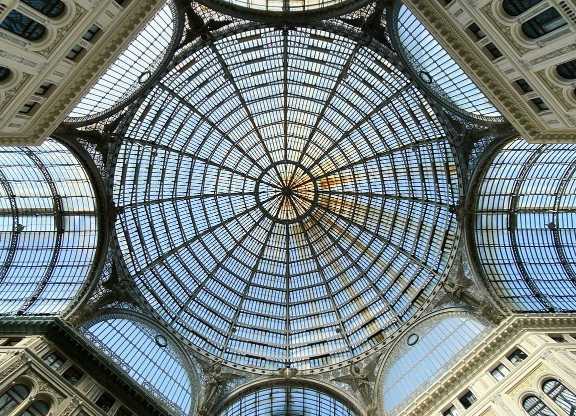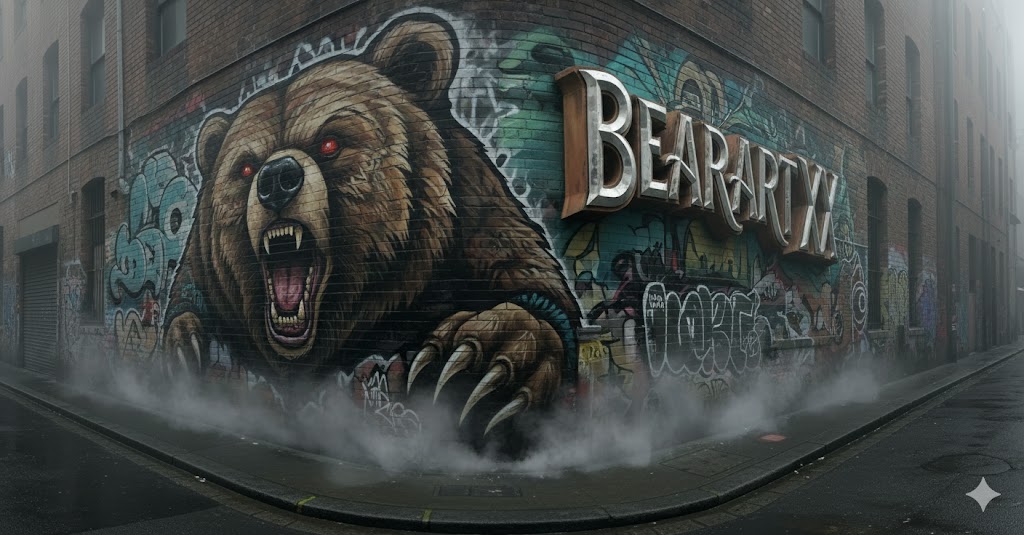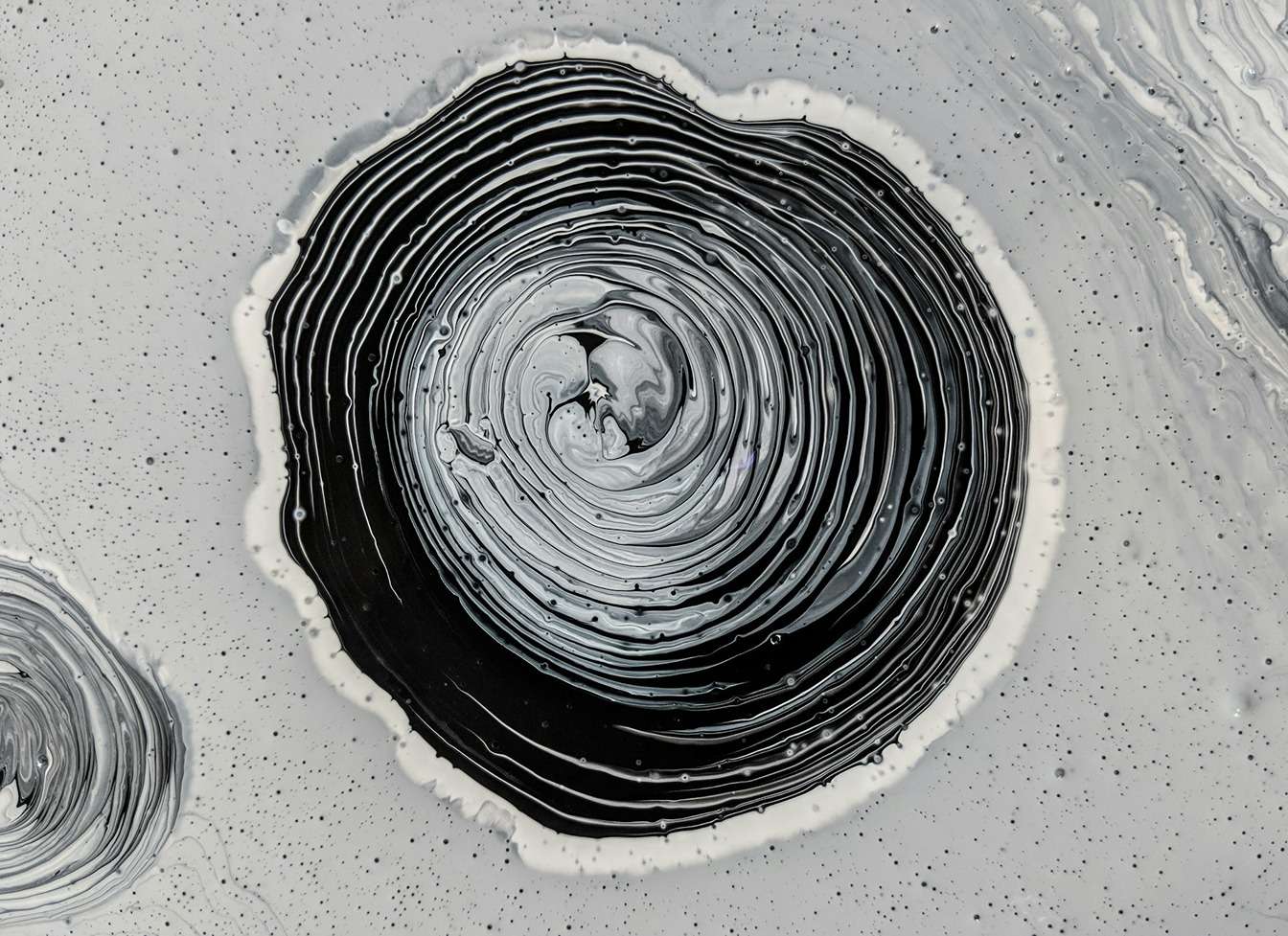Surrealism and the Unconscious: Jungian Interpretation of Surrealist Works
Surrealism is an art movement that emerged in the early 20th century, characterized by its exploration of the unconscious mind and its use of dream-like imagery. Artists like Salvador Dali, Max Ernst, and Andre Breton sought to tap into the depths of the human psyche to create works that challenged conventional notions of reality and meaning. Through their art, surrealists aimed to unlock the secrets of the unconscious and reveal the hidden truths that lie beneath the surface of our everyday existence.
One of the key figures in the development of surrealism was the psychologist Carl Jung, whose theories on the collective unconscious and archetypes had a profound influence on the movement. Jung believed that the human mind is made up of both a personal unconscious, which contains repressed memories and experiences, and a collective unconscious, which holds universal symbols and themes that are shared by all of humanity. According to Jung, the collective unconscious is the source of creativity and inspiration, and it is through tapping into this deeper layer of the mind that artists are able to create truly meaningful and transformative works of art.
When viewed through the lens of Jungian psychology, surrealistic artworks take on a new dimension of meaning and significance. Jung believed that the symbolism found in dreams and myths can provide valuable insights into the human psyche, and that by exploring these symbols, we can gain a deeper understanding of ourselves and our place in the world. In surrealism, the use of dream-like imagery and symbolic motifs serves to evoke the deeper layers of the unconscious, inviting viewers to confront their own hidden fears, desires, and fantasies.
For example, Salvador Dali’s famous painting “The Persistence of Memory” is often interpreted as a representation of the passage of time and the fragility of human existence. The melting clocks and distorted landscapes in the painting serve as symbols of the fluid nature of reality and the transience of life. Through the surrealistic imagery, Dali invites viewers to contemplate the mysteries of time and existence, prompting them to question the nature of reality and their own place within it.
In conclusion, surrealism offers a unique window into the depths of the human psyche, inviting viewers to explore the mysteries of the unconscious and confront their own hidden fears and desires. Through the lens of Jungian psychology, surrealistic artworks take on a new level of meaning and significance, revealing the symbolic language of the unconscious and offering valuable insights into the nature of the human mind. By delving into the realms of dreams and fantasies, surrealism challenges us to rethink our preconceived notions of reality and invites us to embrace the mysteries of the unconscious mind.
************
Want to get more details?
LOLA Wyczółkowska
https://www.lolawyczolkowska.com/
513441528
Amsterdam, Netherlands
https://www.lolawyczolkowska.com/








